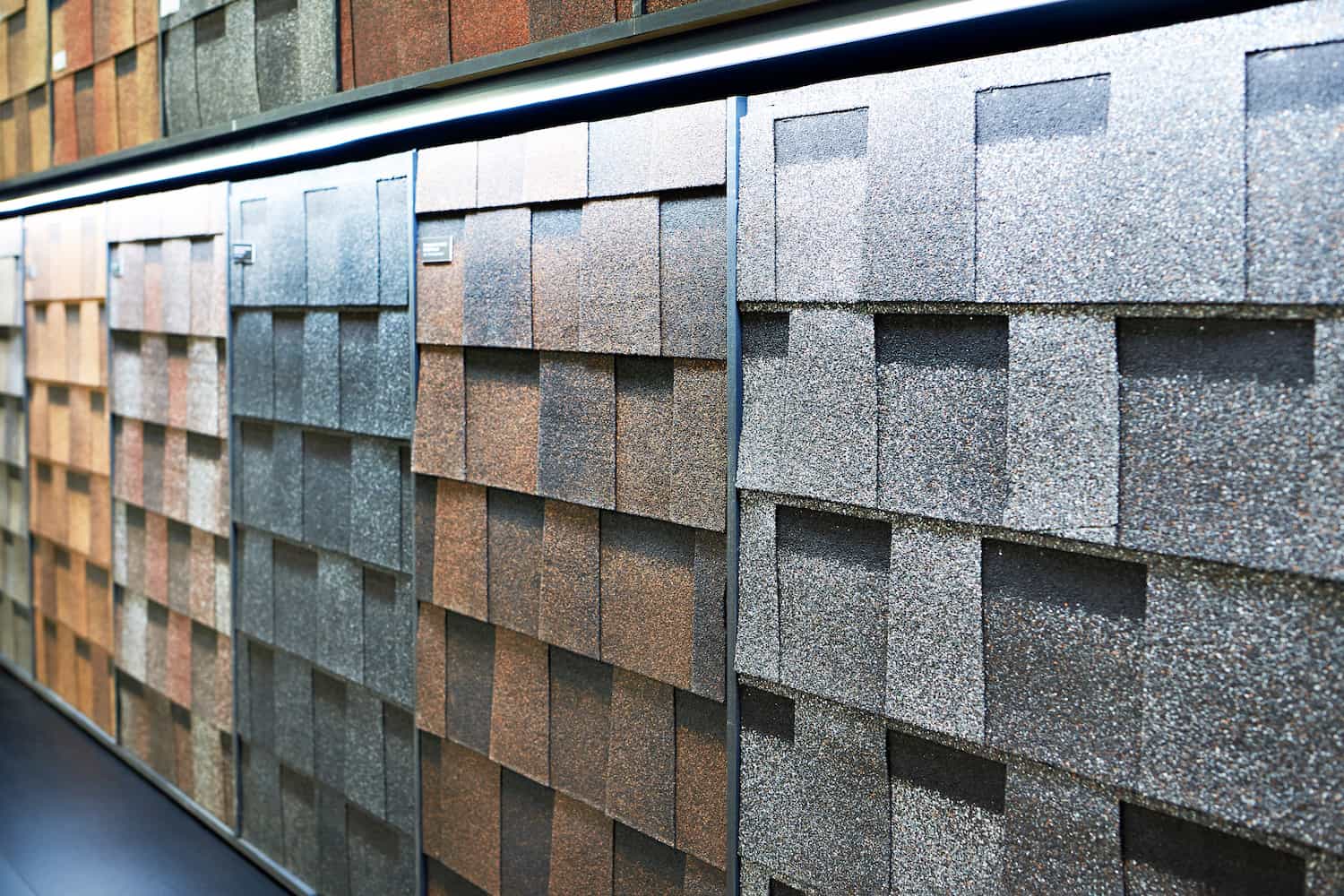There’s nothing quite like a breath of fresh air when you’ve been inside all day. As it turns out, our attics enjoy fresh air, too! In fact, the flow of fresh air through attic ventilation keeps your entire house functioning well because it:
- Reduces energy consumption
- Reduces condensation that can build up
- Helps prevent ice dams
- Keeps your home’s temperature regulated
One of the key players in roof and attic ventilation is the ridge vent. Let’s take a closer look at how ridge vents work and why you need one if you don’t already have one.
What Is a Ridge Vent?

To understand a ridge vent, you first need to know what a roof ridge is. The roof ridge is the peak of your roof where the two sides come to a point.
A ridge vent is an exhaust vent that gets installed on the ridge. First, an air slot is cut into the plywood roof deck at the peak, then this slot is covered by the physical ridge vent. These vents run the entire length of the roof ridge and are designed to provide continuous ventilation to the attic. Their design also helps keep out rain, snow, debris, and pests.
Ridge cap shingles (a special layer of shingles designed specifically to cover the roof ridge) then get installed over the ridge vent. Metal roofs don’t require this layer.
Ridge vents work as a passive vent system. Other roof vents bring cool air into the attic, and when the air heats up, convection pushes the air to the top of the attic and out of the ridge vent.
How Much Does It Cost to Add a Ridge Vent?
Most commonly, ridge vents are included in a total roof replacement. Complete asphalt shingle roof replacements typically cost anywhere between $8,000-$18,000. However, if your roof is still young, but you want to add a ridge vent as a separate service, it will cost around $300-$650.
Why Attic Ventilation Is Important

You may be thinking, “Cool system. But why does this apply to me?” We don’t blame you! There are so many details that go into homeownership. Between keeping tabs on your foundation, HVAC system, washer and dryer, and landscaping, roof ventilation is probably the furthest thing from your mind.
But we promise, proper attic ventilation has many benefits that you definitely want to take advantage of. Plus, it helps to prevent major, expensive issues. Some of the benefits include:
- Regulates excess heat: When the sun beats down on your roof, it can quickly cause your attic and home to overheat. But proper ventilation keeps the temperature inside regulated, no matter what the weather is like outside.
- Helps prevent moisture buildup/mold growth: A poorly ventilated attic gets humid quickly. This can cause condensation to build up, which ultimately can lead to mold growth both inside your home and on your roof.
- Helps prevent ice dams: For homes in colder climates, ice dams are a real concern that can significantly damage your roof. They occur when snow and ice melt at the top of the roof but re-freeze at the bottom of your roof. The best way to prevent ice dams is proper ventilation and insulation.
- Keeps energy bills low: Since attic ventilation helps keep your home temperate, your HVAC won’t be overworked, and you won’t spend an arm and a leg on energy bills.
- Extends the life of your roof: If moisture builds up in your attic, it can cause flashing and nails to rust, which can lead to roof leaks and degraded roofing materials. Proper ventilation helps keep everything working as intended.
How Much Attic Ventilation You Need
When figuring out how much roof ventilation you need, follow the 1:300 rule set by the Department of Housing and Urban Development (HUD). This means for every 300 square feet of ceiling space, you need at least one square foot of attic ventilation.
The vents should be evenly split between intake and exhaust vents. Unbalanced attic ventilation doesn’t allow enough airflow to properly ventilate your attic.
Note that this document allows 1:300 under certain circumstances; otherwise, the ventilation must be at a 1:150 ratio. Your local codes may also differ, so it’s always wise to consult with a licensed roofing contractor to learn what you need for your home.
Other Types of Roof Vents
There’s a whole world of roof vents beyond ridge vents. In fact, you’ll need more than just a ridge vent to keep your attic properly ventilated. There are two different categories of vents: intake and exhaust vents.
Intake Vents

Intake vents bring fresh cool air into the attic. This cooler air enters beneath the existing air in the attic and pushes the hot air up to the exhaust vents. Types of intake vents include:
- Soffit vents (most popular): These vents get installed along the roof eaves or “roof overhang.” They’re very effective and easy to install.
- Gable vents: These triangle-shaped vents get installed on the side of the roof, below the peak of the roof. They’re more outdated by still work well.
- Fascia vents: Fascia vents are newer and designed specifically for roofs that cant’ support soffit vents.
Exhaust Vents
Ridge vents fit into the exhaust vent category. Exhaust vents let stale, hot air out of your attic. Hot air rises, so exhaust vents are typically placed at the top of your roof. In addition to ridge vents, other exhaust vents include:
- Box vents: These vents are aptly named because they look like boxes. They’re usually installed in clusters across your roof.
- Turbines (or whirlybirds): Turbines or whirlybird vents rotate from the wind, and this rotation pulls air from out of the attic.
Leave Your Attic Ventilation to the Pros
We hope you found this ridge vent guide helpful and informative! If you have any questions about roof ventilation or want to add more to your home, reach out to Gouge Quality Roofing for a free consultation! Our licensed roofing experts will help you find the perfect solution for your home.






